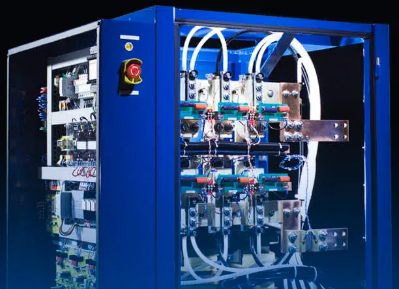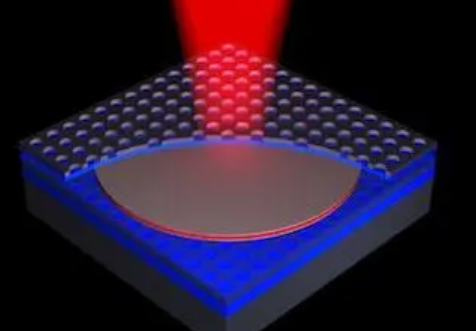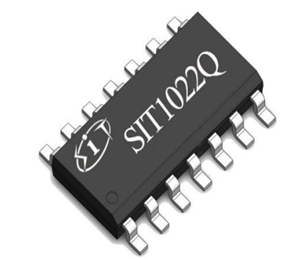Silicon provides a way to control quantum bits for faster algorithms
A discovery of an enhanced spin-orbit interaction in silicon could be used to manipulate quantum bits. The hope is this could lead to faster and longer-lived information processing via quantum computing.

The researchers from Purdue University, the Technological University of Delft, Netherlands and the University of Wisconsin-Madison explain that this finding can be used to control qubits using electric fields, without the need for any artificial agents.
"Qubits encoded in the spins of electrons are especially long-lived in silicon, but they are difficult to control by electric fields. Spin-orbit interaction is an important knob for the design of qubits that was thought to be small in this material, traditionally," explains Assistant Professor Rajib Rahman, research assistant professor at Purdue.
The researchers found more prominent spin-orbit interaction than usual at the surface of silicon where qubits are located in the form of so-called quantum dots - electrons confined in three dimensions. Assist Prof. Rahman's lab identified that this spin-orbit interaction is anisotropic in nature - meaning that it is dependent on the angle of an external magnetic field - and strongly affected by atomic details of the surface.
"This anisotropy can be employed to either enhance or minimise the strength of the spin-orbit interaction," adds Rifat Ferdous, lead author. Spin-orbit interaction then affects qubits.
"If there is a strong spin-orbit interaction, the qubit's lifetime is shorter but you can manipulate it more easily. The opposite happens with a weak spin-orbit interaction: The qubit's lifetime is longer, but manipulation is more difficult," Rahman says.
The researchers intend to focus on taking advantage of the anisotropic nature of spin-orbit interactions to further enhance the coherence and control of qubits, and, therefore, the scaling up of quantum computer chips.
在线留言询价
- 一周热料
- 紧缺物料秒杀
| 型号 | 品牌 | 询价 |
|---|---|---|
| BD71847AMWV-E2 | ROHM Semiconductor | |
| TL431ACLPR | Texas Instruments | |
| MC33074DR2G | onsemi | |
| RB751G-40T2R | ROHM Semiconductor | |
| CDZVT2R20B | ROHM Semiconductor |
| 型号 | 品牌 | 抢购 |
|---|---|---|
| ESR03EZPJ151 | ROHM Semiconductor | |
| BU33JA2MNVX-CTL | ROHM Semiconductor | |
| BP3621 | ROHM Semiconductor | |
| STM32F429IGT6 | STMicroelectronics | |
| TPS63050YFFR | Texas Instruments | |
| IPZ40N04S5L4R8ATMA1 | Infineon Technologies |
- 周排行榜
- 月排行榜
AMEYA360公众号二维码
识别二维码,即可关注


























